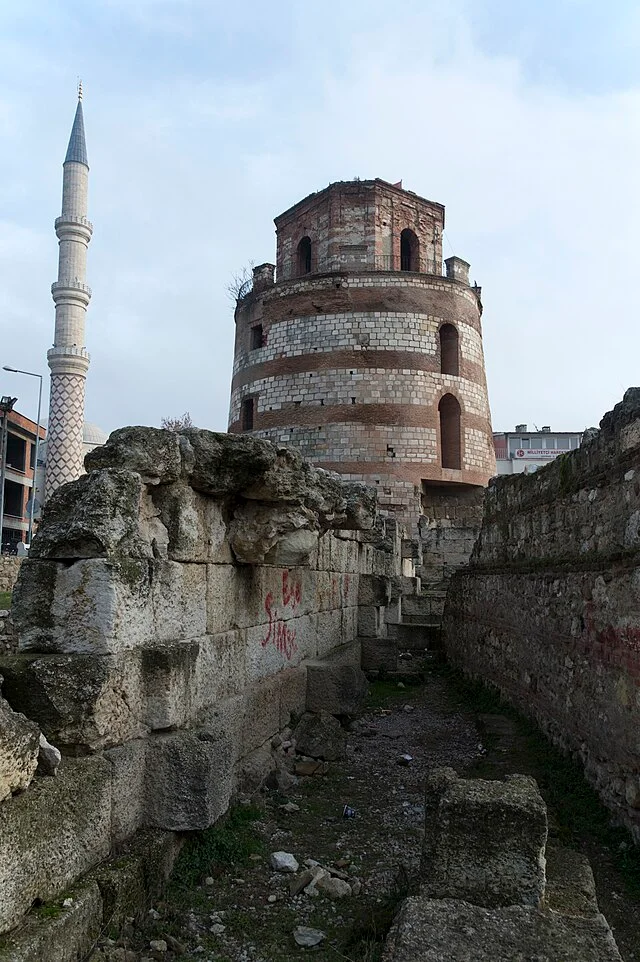Orestias refers to an ancient city located in the region of Thrace, in modern-day Turkey. The city played a significant role in the historical and cultural development of the region. It was situated near the confluence of the rivers Hebrus and Maritsa, making it an important location in antiquity.
Get your dose of History via Email
Historical Background
Orestias was founded by Greek colonists in the 7th century BC. The city was strategically positioned to control vital trade routes between Asia Minor and the Balkans. It is often associated with the Thracian Kingdom, which was known for its rich culture and powerful military. The city’s location allowed it to interact with various ancient civilizations, such as the Greeks, Thracians, and Persians.
Political and Military Importance
The city of Orestias became a key player in the conflicts between the Greek city-states and the Persian Empire. It was a strategic point during the Persian invasions in the 5th century BC. The city’s fortifications and military strength made it a significant defensive stronghold. Orestias played a role in the defense of Thrace during these times of conflict.
Economic and Cultural Development
Orestias flourished through trade, especially during the Hellenistic period. Its proximity to major waterways made it a center of commerce. The city exported goods such as agricultural products, pottery, and textiles. Cultural exchanges between the Greeks and the Thracians enriched Orestias, influencing its art and architecture.
Decline and Abandonment
By the Roman period, Orestias began to experience a decline. The city faced increased pressure from neighboring powers and the rise of other cities in the region. It eventually fell into obscurity, and by the 3rd century AD, Orestias was largely abandoned. The decline was also influenced by changing economic and political conditions, including the rise of the Roman Empire and the shift in regional trade routes.
Archaeological Findings
Excavations in the area around Orestias have revealed important archaeological remains, including fortifications, residential buildings, and artifacts. These findings provide insight into the daily life of the inhabitants and the city’s architectural style. The remnants of Orestias show a blend of Greek and Thracian influences, highlighting the cultural fusion that occurred in this region during antiquity.
Conclusion
Orestias was a significant city in ancient Thrace, with its strategic location and cultural exchanges playing an essential role in the region’s development. Despite its decline, archaeological findings continue to shed light on its historical importance. The city’s story remains a testament to the complex interactions between the Greek and Thracian civilizations.
Source:

